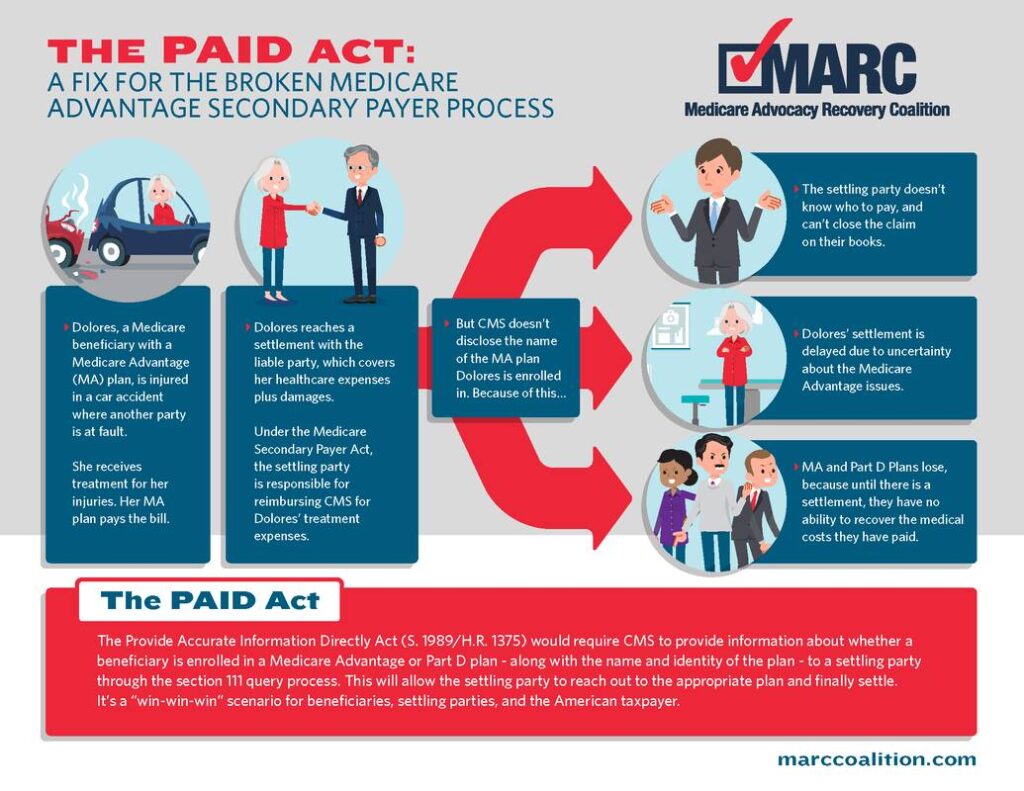For the past year, employers have grappled with unprecedented workplace safety and human resources challenges, forced to address safety measures that were unfamiliar for many industries. Employees have become accustomed to daily health screening and masks, and human resources has added COVID safety training and enforcement to its job duties. As vaccines are becoming more prevalent, employers have to now decide whether they should vaccinate their workforces. Making this decision can seem daunting and the applicable employment laws can seem overwhelming. However, there are some baseline considerations that may help.
As a threshold matter, employers are obligated under the OSHA General Duty Clause to provide a safe working environment to their employees. At the direction of President Joe Biden, OSHA released new comprehensive guidance regarding COVID workplace safety, including a 16-point list of essential components of a workplace safety program. OSHA recommended that employers make the vaccine available to eligible employees at no cost, and made clear that employers must continue to enforce COVID safety protocols regardless of an employee’s vaccination status “because at this time, there is not evidence that COVID-19 vaccines prevent transmission of the virus from person-to-person.”
Employers now must determine whether they will mandate, motivate, or educate employees to receive the vaccine. They will first have to determine whether the vaccine will provide a safer working environment. While it seems clear that the vaccine will minimize or eliminate the vaccinated individual’s COVID symptoms, it remains unclear whether a vaccinated worker may spread the virus to others. Therefore, a vaccinated workforce may still be a contagious one.
Businesses that serve in-person customers may benefit from mandating the vaccine. A local restaurant or retailer may be able to advertise that its staff is vaccinated encouraging patrons to return. While a mandatory vaccine program may be complex, the benefit of returning customers may outweigh the pain of a program. Conversely, in an organization where most employees have remained remote and business has continued at normal levels, the complexity of a mandatory program may not be worth it. In the latter scenario, it may be better to implement a voluntary program, which is easier to administer and has less compliance complexity. Employers will have to weigh the return on investment for each approach.
Employers will also have to determine their appetite for risk. Many initially lean toward a mandatory vaccine approach in an effort to protect employees from becoming seriously ill. However, even mandatory programs pose liability risks for employers. Essentially, there are two schools of thought regarding mandatory vaccine programs:
- A vaccinated workforce is essential to safety. A vaccinated workforce will reduce community spread and bring the workforce closer to herd immunity. The fewer employees that become symptomatic or sick, the sooner we may reduce COVID-19’s spread. Likewise, it would be negligent, or a violation of the employer’s General Duty obligations, to not mandate eligible employees to receive the vaccine.
- The vaccine is too new to mandate. On the other hand, some believe that it would be negligent, or a violation of an employer’s General Duty to require employees to receive the vaccine, noting that the vaccine is merely under emergency authorization. Consequently, mandating that eligible employees receive the vaccine would create employer liability for any possible harm the vaccine could cause to employees.
It is also important to note that mandatory programs will likely trigger workers compensation coverage for any medical services and/or lost time associated with employee reactions to the vaccine. Workers compensation coverage is not always a bad thing. Employers should remember that the workers compensation exclusive remedy provision protects employers from negligence and tort claims (but not gross negligence).
Employers should also consider the practical and operational complexities associated with a vaccination program. Employers who implement a mandatory program must be prepared to enforce the rules. They may be faced with difficult decisions regarding candidates and eligible employees who refuse to receive the vaccine (without any legal protections). Can the employer continue to recruit and retain talent under a mandatory program?
Regardless of where an employer lands on the vaccine program spectrum, they must take their employee complaints and concerns seriously. Likewise, employers must not take adverse action against a complaining employee. Employee OSHA whistleblower cases have reached unprecedented numbers. As of February 5, there have been 4,738 COVID OSHA whistleblower complaints filed in the previous 12-months. Before 2020 (and COVID-19), the largest number of complaints received by OSHA in a 12-month period was 3,355 in 2016.
The good news, if there is any, is that employers that provide safe working environments, are open to employee concerns, and communicate with workers are already taking positive and proactive steps to avoiding liability and litigation. The following best practices may be helpful:
- Review your COVID safety program to ensure it comports with OSHA’s 16-point COVID prevention program guidance, and continue to review and update as guidance and regulations change.
- Provide managers and employees regular safety training, and provide managers with training to enforce safety programs, hold employees accountable, and document all safety incidents and violations.
- Stay up to date with regulations. OSHA has updated emergency temporary standards, and local and state laws continue to change rapidly.
- Update anti-retaliation policies to include COVID safety protocols. Also consider a whistleblower hotline and ensure that managers are trained and understand how to take seriously and address employee concerns and complaints.
- Be sure your workforce has the most current information regarding COVID-19, its symptoms and transmission, and the vaccine. Also be sure to provide all communication in multiple languages for a multilingual workforce.
Ultimately, COVID workplace safety is at the core of any employer’s operations. Whether an employer mandates, motivates or educates its employees to receive the vaccine, they must continue to evolve and enforce their COVID safety protocols.

